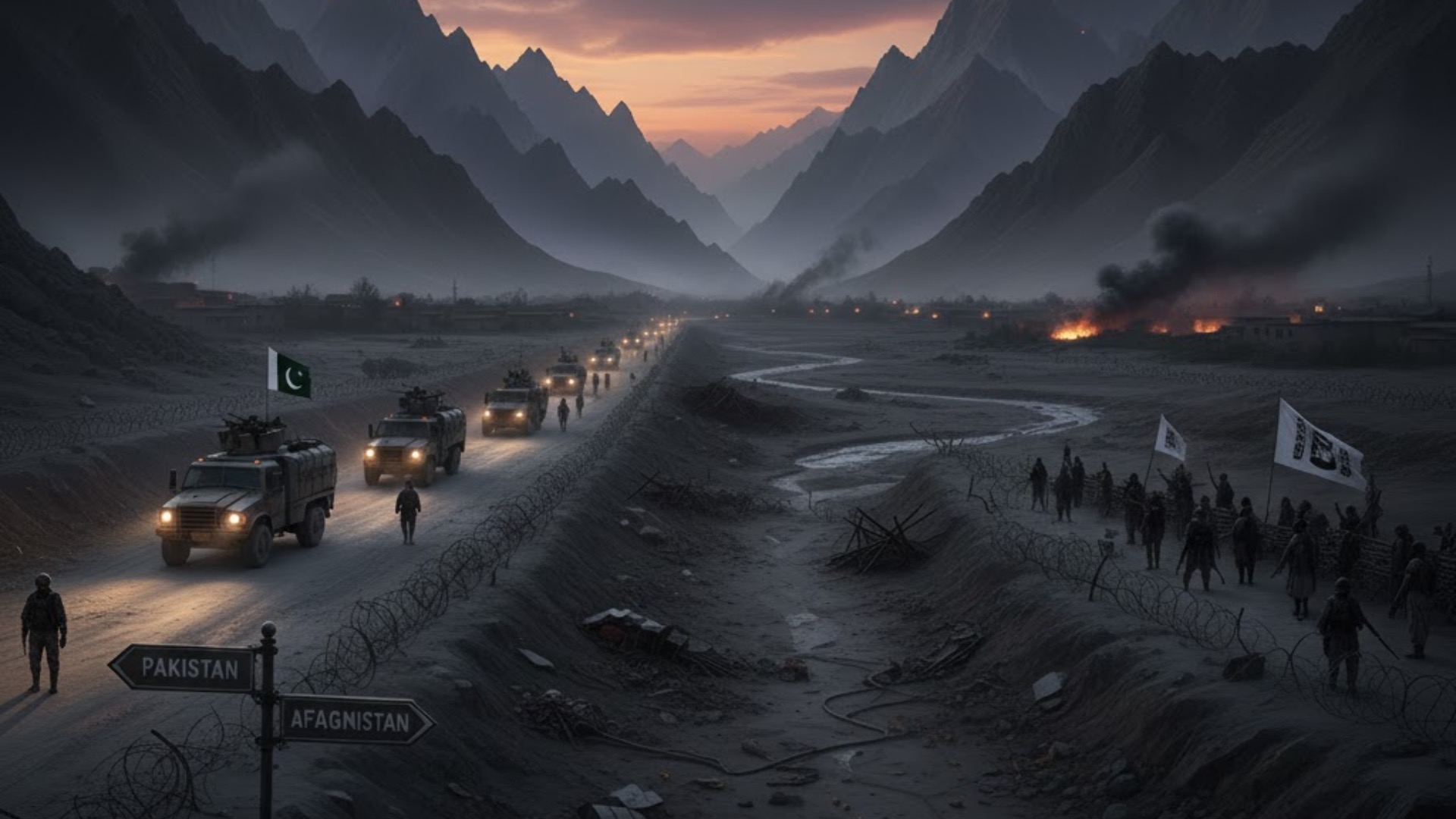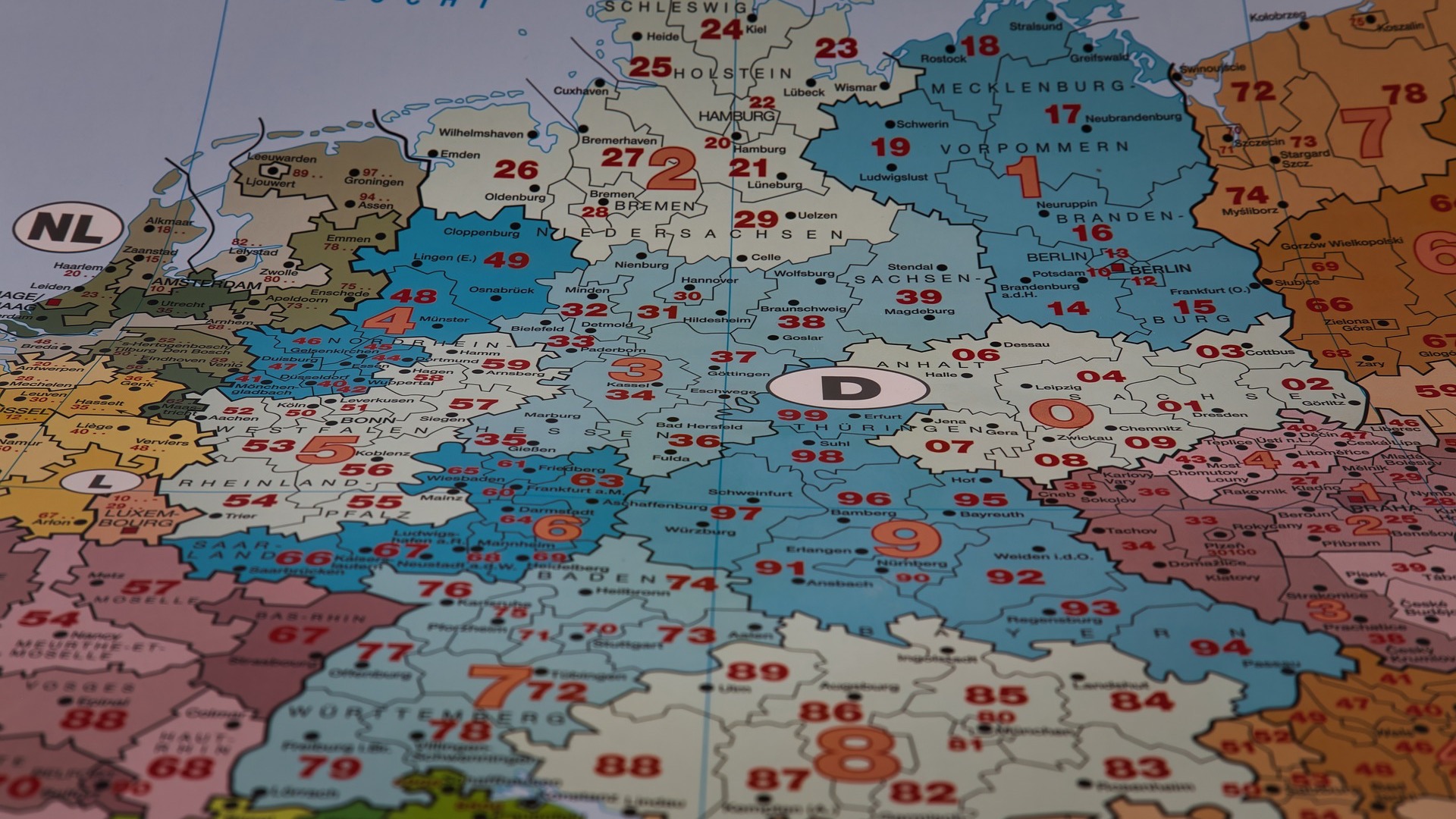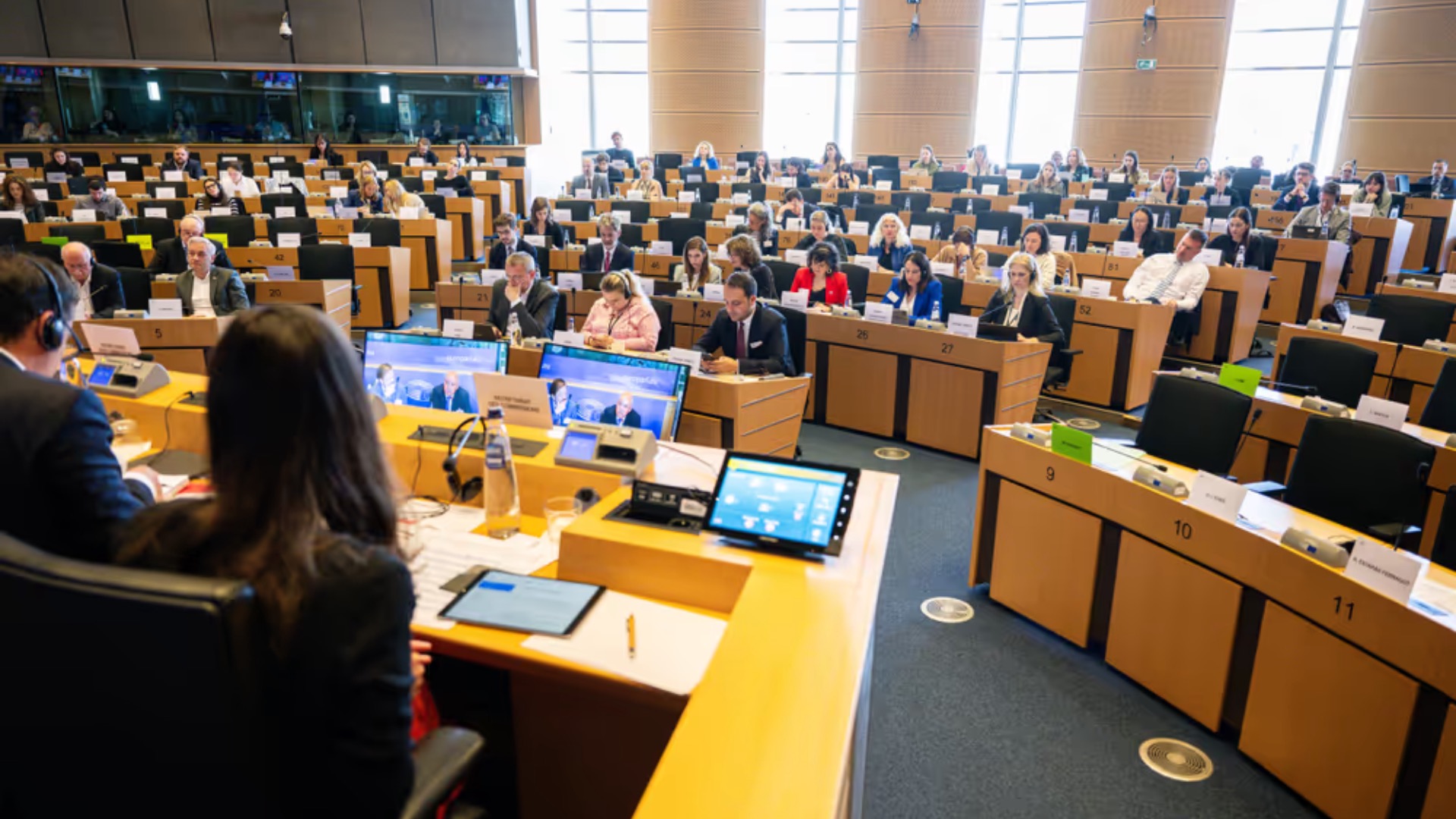
Pakistan-Afghanistan Conflict: Colonial Legacies, Retaliatory Logic, and a Geopolitical Stalemate
The Pakistan-Afghanistan border has once again become the epicenter of acute violence, underscoring the enduring intractability of this relationship. From October 9 – 12, the cyclical escalation pattern was renewed with Pakistani airstrikes deep into Afghan territory and dramatic Taliban counter-offensives, resulting in the worst military exchanges since the Taliban’s recapture of Kabul in 2021. This episode highlights the trap of mutual retaliation, catalytic colonial grievances, and the failure of both sides to decouple border management from existential security anxieties.

The Latest Escalation: Sequence and Dynamics
On October 9, 2025, Pakistan reportedly conducted airstrikes in Kabul, Khost, Jalalabad, and Paktika in Afghanistan, targeting Tehreek-e-Taliban Pakistan (TTP) militants, who are allegedly being harbored by the Afghan Taliban government. The principal target, TTP leader Noor Wali Mehsud, survived, with a recorded message refuting the strike’s impact. However, this has yet to be confirmed by independent sources. In retaliation, the Taliban orchestrated a large-scale assault on Pakistani border posts on the night of October 11, claiming to have killed 58 Pakistani soldiers, injured 30, and briefly captured 25 Pakistani positions.
Pakistani military denies the bombers, reporting 23 dead and asserting that over 200 Taliban and affiliated fighters were “neutralised”; ISPR confirmed the capture and destruction of 21 Afghan positions, and asserted “extensive infrastructural damage” to Taliban support networks. Although casualties remain unverified, both sides acknowledge losses. Tensions spiked with threats of renewed hostilities, a collapse of direct diplomacy, and Pakistan’s defense ministry labeling bilateral ties “suspended” and the border “hostile” and unpredictable.
Economic Fallout: Border Closures and Humanitarian Impact
The immediate economic fallout is severe. Since October 12, both Torkham and Chaman—the main trade crossings—have been closed. Over 1,500 Afghan nationals were allowed to cross on foot, but thousands of trucks remain stuck, threatening cross-border commerce and the livelihoods of hundreds of thousands. Afghan business leaders warn the country “cannot afford a prolonged closure,” with perishable goods already lost on both sides. The situation worsens into a humanitarian crisis. Refugees gather at the border, and prolonged closures risk deepening food insecurity and internal displacement. Smuggling and black-market activity are on the rise, contributing to regional instability.
Structural roots: colonial and political grievances
The escalation stems from the long-standing dispute over the Durand Line. This 2,640-kilometer border, imposed by the British, has never been accepted by Afghanistan. Pakistan cites treaties and international recognition; the Taliban, like all Afghan governments since 1947, rejects any division of Pashtun lands and disruption of tribal networks. This ambiguity fuels non-state militancy and allows both sides to blame each other for harboring cross-border militants, creating a cycle of deniability and tension.
A Geopolitical Stalemate: No Easy Exit
Despite superior airpower, Pakistani strikes have failed to force credible Taliban action against TTP safe havens. The Taliban frame their response as a demonstration of autonomy from Islamabad, projecting military resistance and using the crisis to signal independence—especially while engaging new diplomatic channels, including with India. For Pakistan, the strikes highlight the limits of punitive measures and the humanitarian risks from economic shutdowns. Both militaries are redeployed and on high alert, with observers warning that another retaliatory move could trigger a “full-blown conflict.” Regional actors, including Iran and the U.S., have called for de-escalation and offered mediation, but neither holds strong leverage, leaving prospects for sustained dialogue bleak.
Conclusion and Policy Implications
The October 2025 crisis highlights the fragility and volatility of the Afghanistan-Pakistan frontier. Retaliatory strategies, colonial-era grievances, and economic interdependence trap both sides in a cycle of “manageable instability” at best, and humanitarian crisis at worst. Breaking this cycle would require an empowered third-party mechanism to investigate and verify border incidents, decoupling humanitarian trade from security politics, linking trade reopenings to verifiable anti-militant action, and renewed dialogue led by regional actors with real leverage. Without these steps, the border will remain both a flashpoint and a stark reminder of unresolved historical disputes.







IAA 2025 Spotlight: How China is Shaping the Future of Global Automotives

